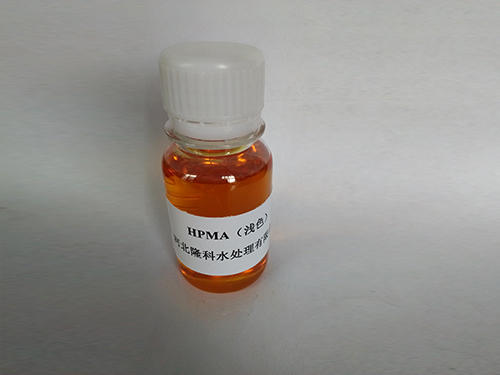Advancements and Techniques in Polyacrylamide Production Processes and Applications
The Production of Polyacrylamide Overview and Significance
Polyacrylamide (PAM) is a synthetic polymer widely used in various industries due to its versatile properties and applications. This article delves into the production process of polyacrylamide, the significance of its applications, and the environmental considerations that accompany its use.
Production Process of Polyacrylamide
The production of polyacrylamide begins with the polymerization of acrylamide, a water-soluble monomer. The initial step involves the preparation of acrylamide, which is produced by the hydrolysis of acrylonitrile. This reaction can be catalyzed using acidic or basic conditions, with ammonium sulfate sometimes employed as a catalyst. The reaction yields acrylamide, which is then purified before being subjected to polymerization.
Polymerization of acrylamide can be achieved through several methods, including free radical polymerization, where initiators are used to create free radicals that trigger the polymerization of acrylamide molecules. This can occur in aqueous solutions, where the temperature and pH are carefully controlled to optimize the reaction. Once polymerized, the resulting polyacrylamide can be classified into different forms depending on its molecular weight and degree of cross-linking.
After the polymerization process, polyacrylamide is often processed into granules, powders, or emulsions. The choice of form typically depends on its intended application. For instance, anionic polyacrylamide is commonly used in water treatment and soil conditioning, while cationic variants are preferred in the paper industry and wastewater treatment processes.
Applications of Polyacrylamide
The versatility of polyacrylamide can be attributed to its unique properties, such as high water solubility, gel-forming capabilities, and molecular weight variability. These characteristics enable its utilization across various sectors
1. Water Treatment PAM is extensively used in water treatment facilities for flocculation and sedimentation. It aids in the aggregation of suspended particles, thereby improving the clarity and quality of water.
polyacrylamide production

2. Agriculture Polyacrylamide is employed as a soil conditioner, enhancing soil structure and water retention. This results in better crop yields and reduced erosion, making it beneficial for sustainable agriculture.
3. Paper Industry In the paper manufacturing process, polyacrylamide is used as a retention aid and dry strength agent. It enhances the quality and durability of paper products.
4. Oil Recovery In the oil and gas industry, PAM functions as a thickening agent in enhanced oil recovery methods. It improves the viscosity of the injected fluids, facilitating the extraction of oil from reservoirs.
5. Mining and Mineral Processing Polyacrylamide is utilized in the mining sector for flotation processes and tailings management. It helps in the recovery of valuable minerals and the safe disposal of waste.
Environmental Considerations
While polyacrylamide offers numerous benefits, its production and use raise environmental concerns that need to be addressed. Acrylamide, the monomer used to create PAM, is classified as a potential neurotoxin and carcinogen. Therefore, careful handling and strict regulations are necessary to minimize risks associated with its exposure during production processes.
Moreover, the degradation of polyacrylamide in the environment can lead to the release of acrylamide, necessitating the development of biodegradable alternatives. Innovations in biopolymer production are underway, focusing on environmentally friendly approaches that minimize ecological impacts while maintaining the effective properties that polyacrylamide offers.
Conclusion
In conclusion, the production of polyacrylamide is a complex yet vital process that underpins its widespread use in various industries, ranging from water treatment to agriculture and oil recovery. While its applications are significant and beneficial, there is a pressing need to address the environmental challenges associated with its use. Future research and technological advancements may pave the way for safer production methods and biodegradable alternatives, ensuring that polyacrylamide can continue to contribute positively to industrial practices while safeguarding the environment.
-
Water Treatment with Flocculant Water TreatmentNewsJun.12,2025
-
Polymaleic AnhydrideNewsJun.12,2025
-
Polyaspartic AcidNewsJun.12,2025
-
Enhance Industrial Processes with IsothiazolinonesNewsJun.12,2025
-
Enhance Industrial Processes with PBTCA SolutionsNewsJun.12,2025
-
Dodecyldimethylbenzylammonium Chloride SolutionsNewsJun.12,2025





